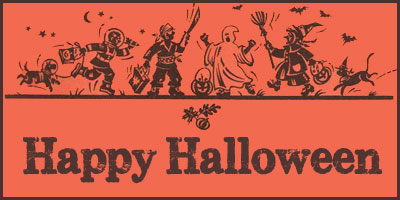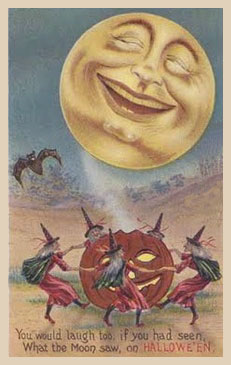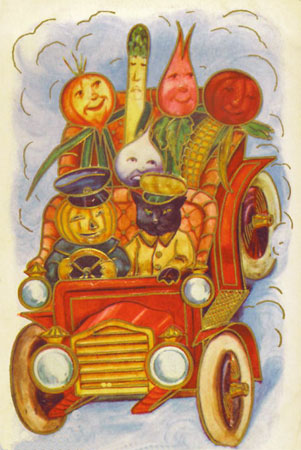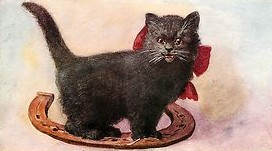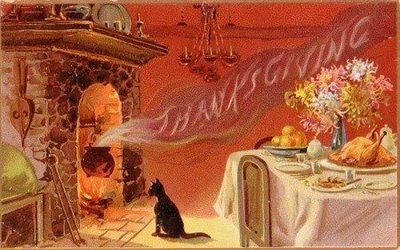
The Giving of Thanks-By Angelique Duncan
Most of us have been told since elementary school the Thanksgiving story. That in November 1631 the early migrants from Europe to North America celebrated the “first” Thanksgiving feast after surviving the perils of arriving to their new home on the Mayflower. The story is told that the pilgrims were grateful for their first successful corn crop and for the help of the Wampanoag Indians for their generosity. William Bradford called for a grand feast of celebration and thanks. This story stuck and was passed on for generations and is the commonly held legend today.
However this story although some what based in factual events is highly disputed by historians for it’s complete accuracy of how we have arrived at the annual November holiday feast. A commonly accepted theory among historians is that the story of Thanksgiving is an amalgamation of many first feast that celebrated migrations to North America combined with varied religious and cultural influences.
Fasting followed by feast days had long been a practice of Puritans in Europe as part of Reformation that eliminated many more elaborate festive church holidays that had Pagan roots. The legend of the Thanksgiving feasts celebrated in North America of the 1600’s combined elements of the religious observances of the church to give gratitude to God for deliverance while incorporating the elements of ancient harvest festivals celebrating bountiful crops. Through out the colonies there had been many First feasts or Thanksgiving celebrations in honor of a multitude of hardships over come. giving debate to the accuracy that Mayflower pilgrims were indeed the first to hold a Thanksgiving feast in North America. Given the similarities of Thanksgiving feast and that of Harvest festivals many historians believe that these feasts were most likely held in the months of August and September. Thus, coinciding traditional celebration dates of Lammas and the Autumn Equinox, a more likely time to finish reaping crops for the season in New England.
George Washington declaring November 26, 1789 as a public day of gratitude issued the first official proclamation of a unified national holiday for Thanksgiving. However for decades after each state celebrated Thanksgivings on different dates with out unified celebration. Later President Lincoln issued a proclamation that a national day of Thanksgiving would be recognized on the last Thursday of November in an effort to foster the union of North and South during the civil war. It would not be until 1941 that Franklin D Roosevelt would declare the fourth Thursday in November to be the official national holiday of Thanksgiving that we celebrate today. The measure was an effort to bolster the economy and give an earlier start to what we now recognize as the winter holiday season proceeding the Christmas Holiday.
The traditional meal and foods associated with our modern celebration are closer to the Victorians Thanksgiving celebrations with interpretations of what the Pilgrims meal might have been. Our current Thanksgiving practice with emphasis on family, neighbors and unity surrounding a traditional family meal arose from a 30-year letter writing campaign by Mrs. Sarah Josepha Hale. It is widely believed that her pleas for a national day observing family and unity is what encouraged Abraham Lincoln to proclaim the national holiday on a uniform day for the country. It is from the writings of Victorian women to periodicals and newspapers of the their time that the recipes we now know became a mainstay to the celebratory meal. As well, the traditional potted mums, brightly colored centerpieces and horn o plenty marking the Thanksgiving season were the creation of the Victorians rather than the décor of pilgrims. What had once been a day celebrating the harvest that transformed to a somber day of deliverance and prayer, had become a festive day to unify family and celebrate home.
The Thanksgiving holiday as a day to celebrate family was further reinforced in importance in American culture after World War Two ended and soldiers returned home from war. The holiday took greater importance to emphasize family and a unified feast after so many had been separated from family shipped over seas, and was welcomed after the rationing of goods encouraged by the war effort. The nation collectively celebrated the greatness of the nation in gratitude of winning the noble cause of a World War.
Whether you are celebrating the bountiful harvest, acknowledging hardships over come or celebrating the gathering of family and friends, be grateful. During the day-to-day monotony and frustrations of life it is easy to forget how much we have to be grateful for. Count your blessings and all that you have to be thankful for.
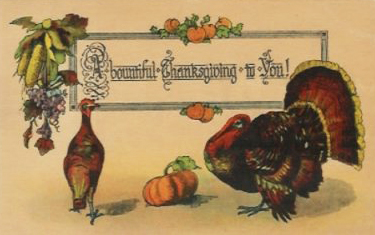
Angelique Duncan is proprietor of Twilight Faerie Nostalgic and Capricious Objects. Check out her artist page to find links to her shops and vintage inspired traditional holiday art. Visit again next month for more traditions and folklore.

